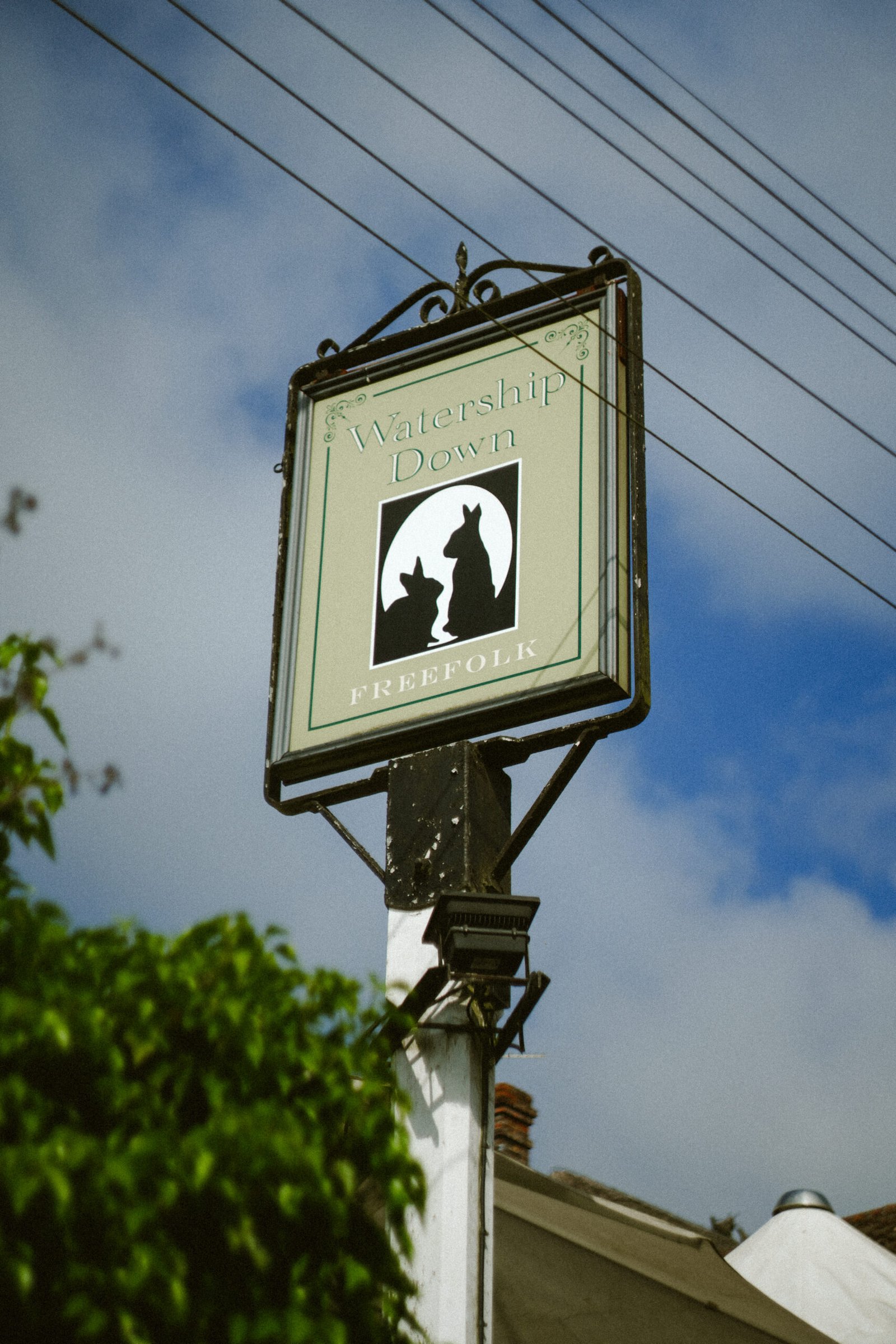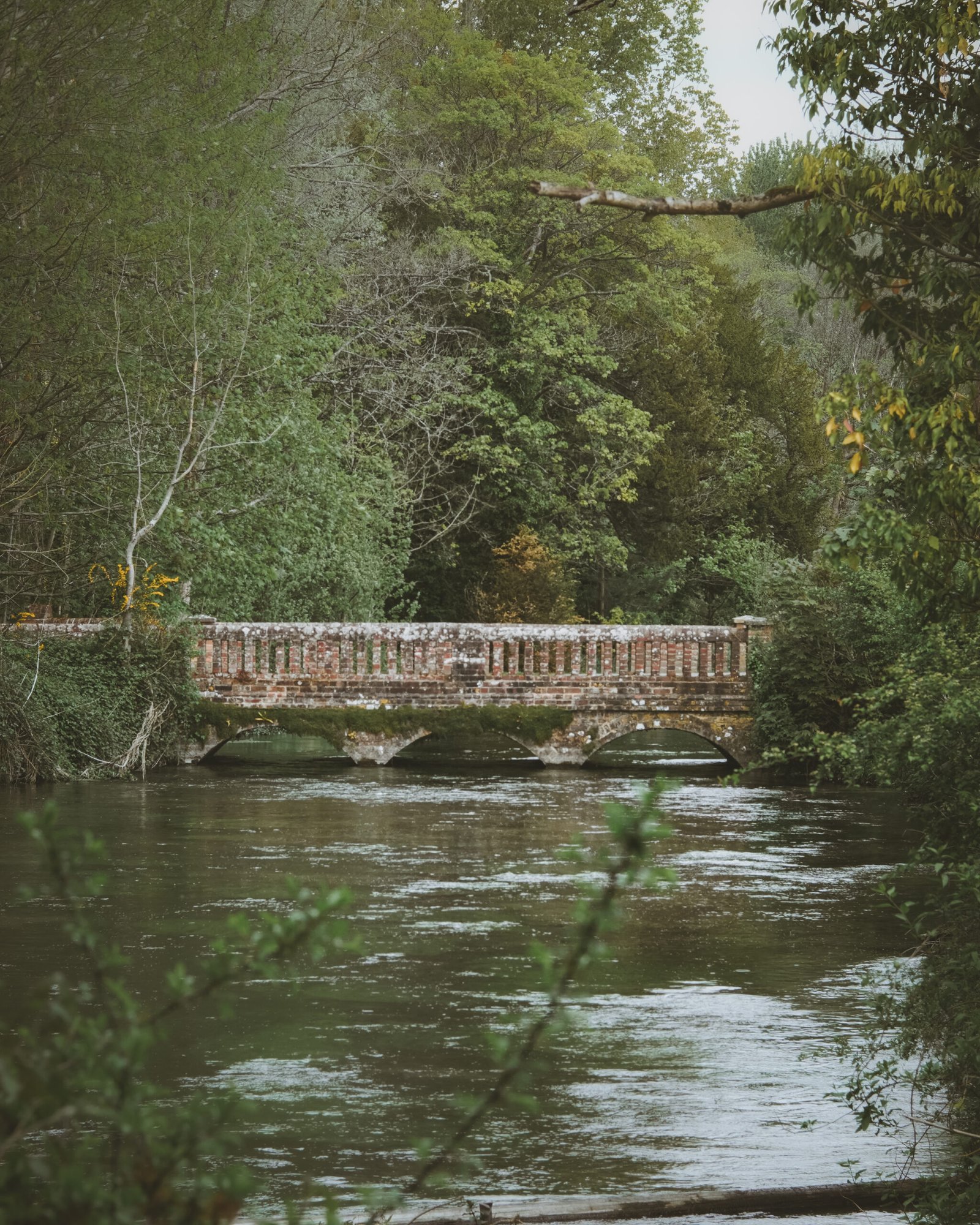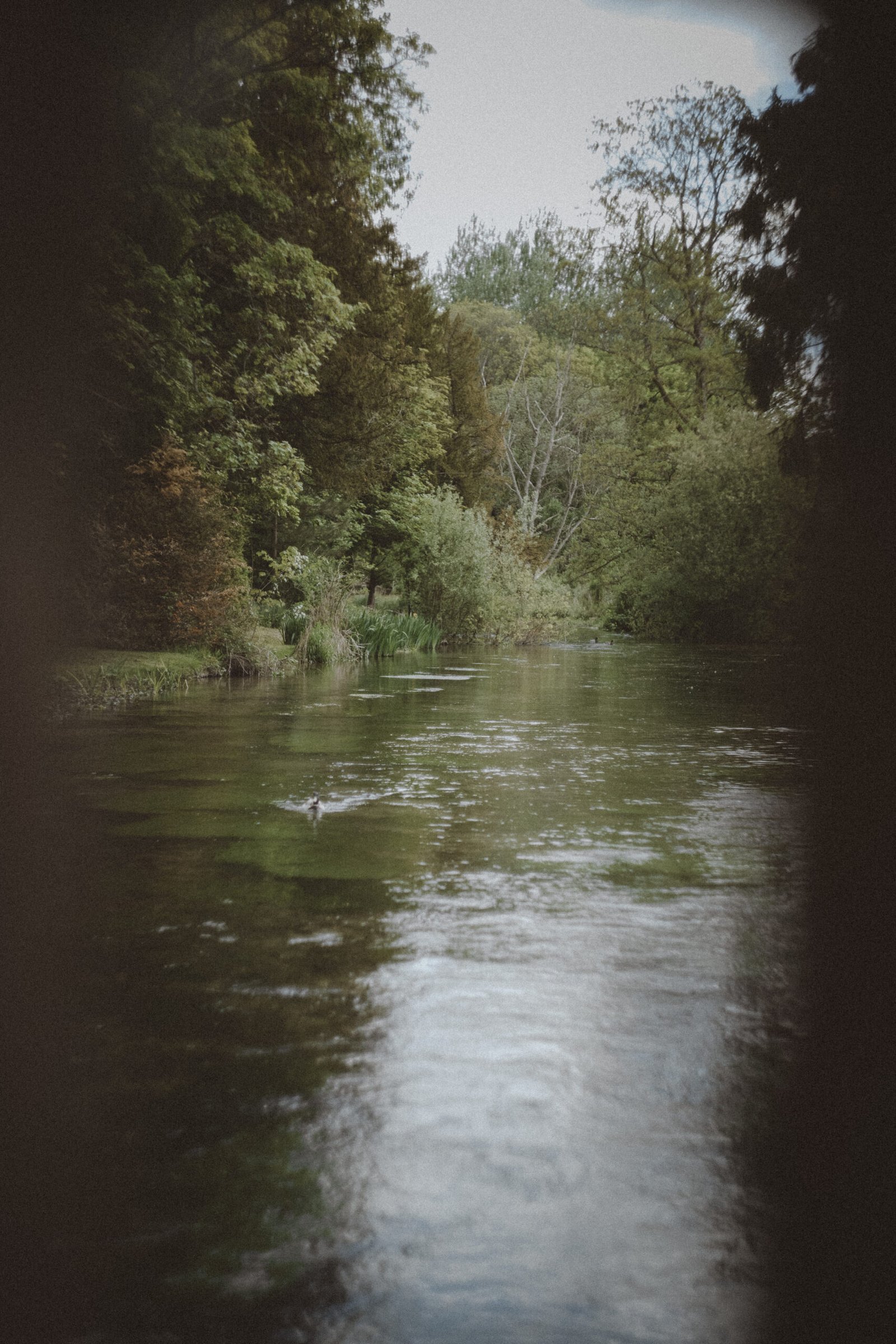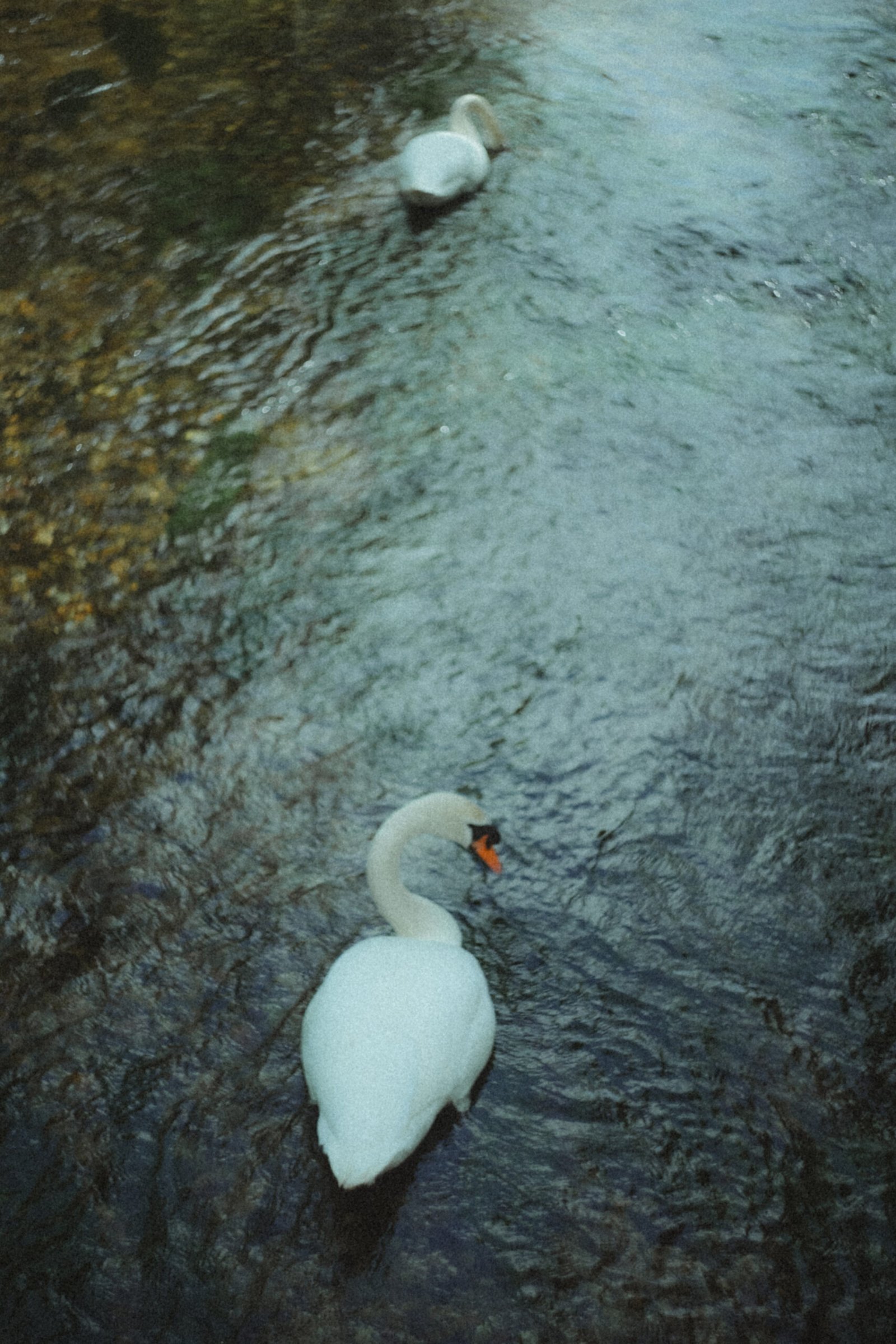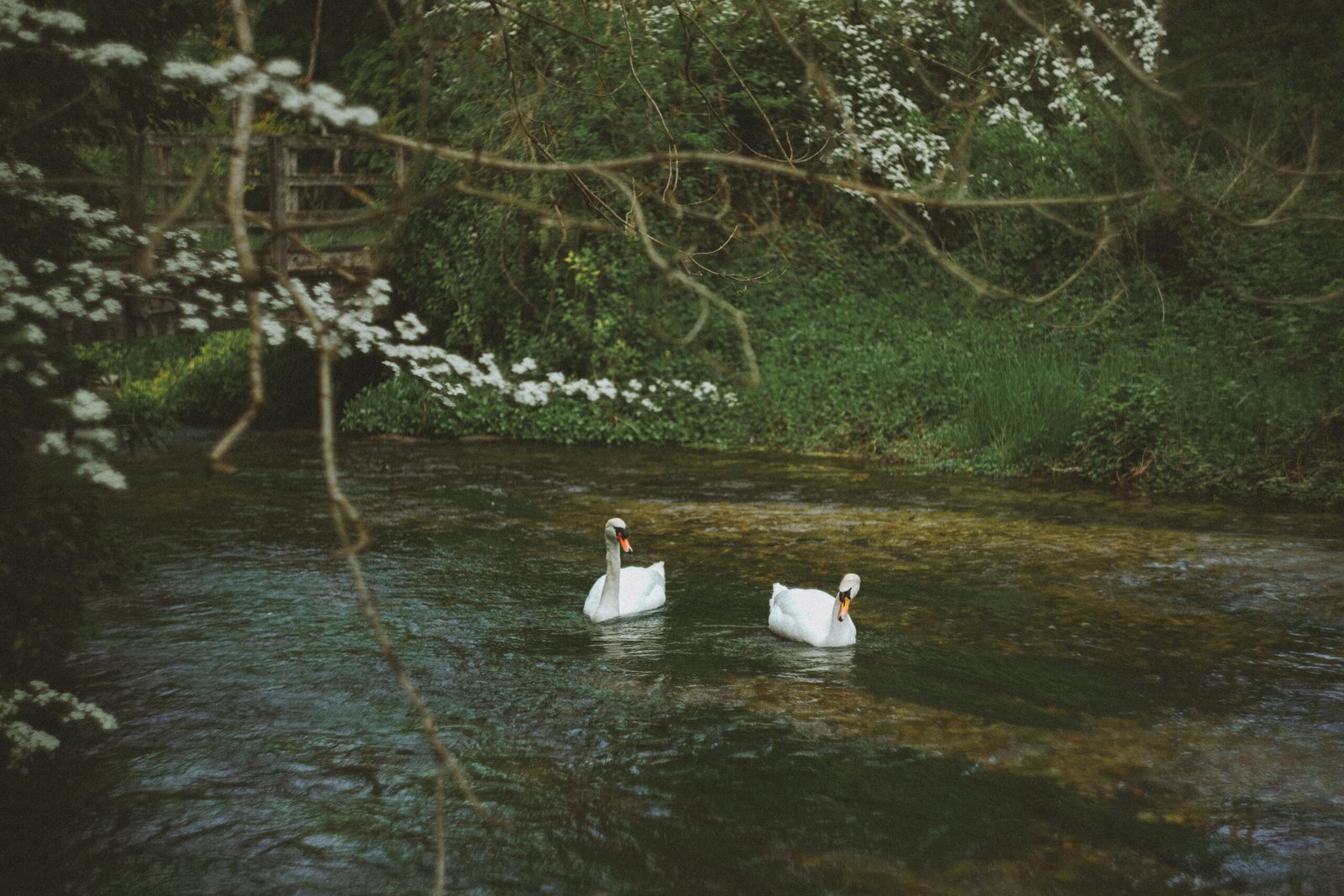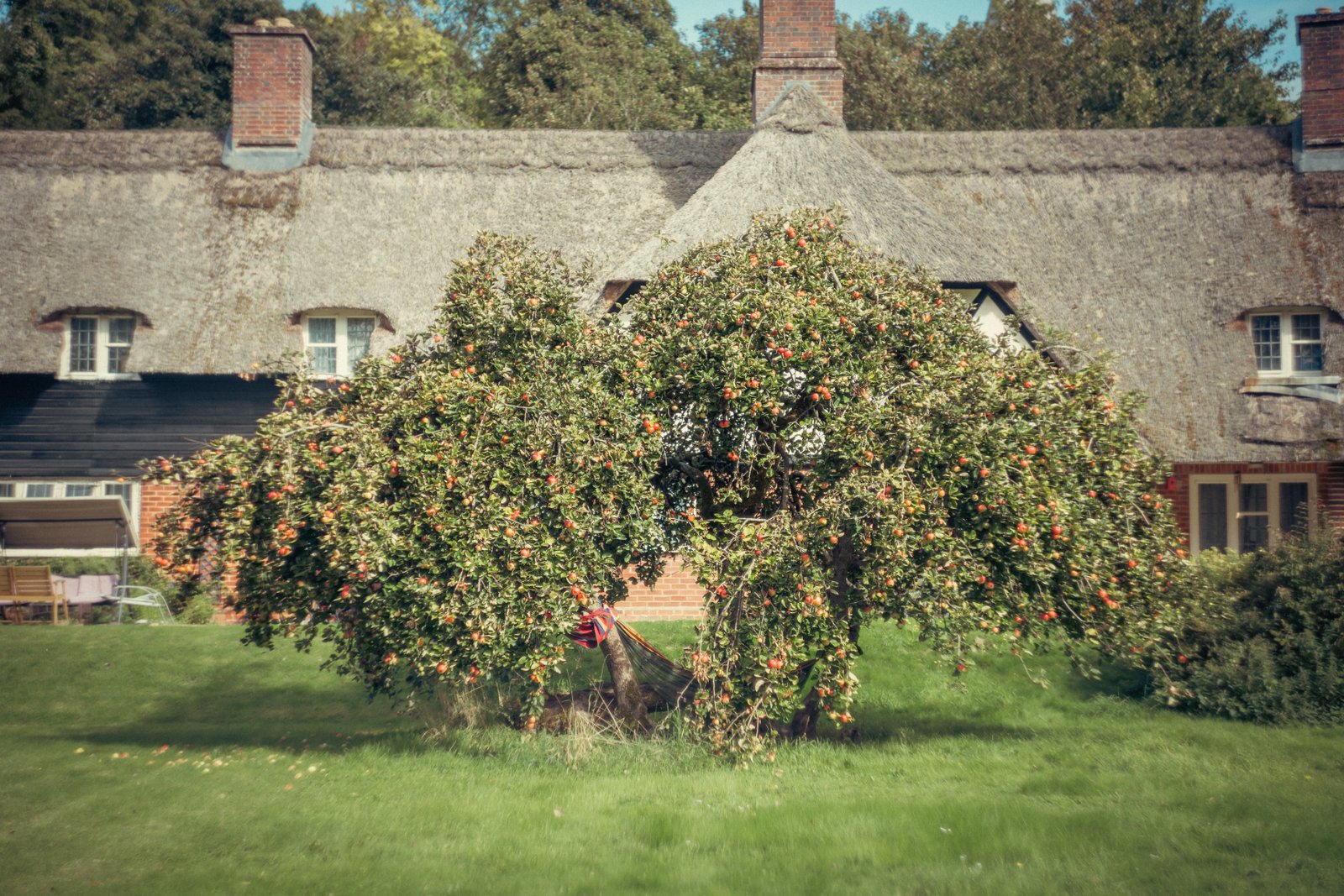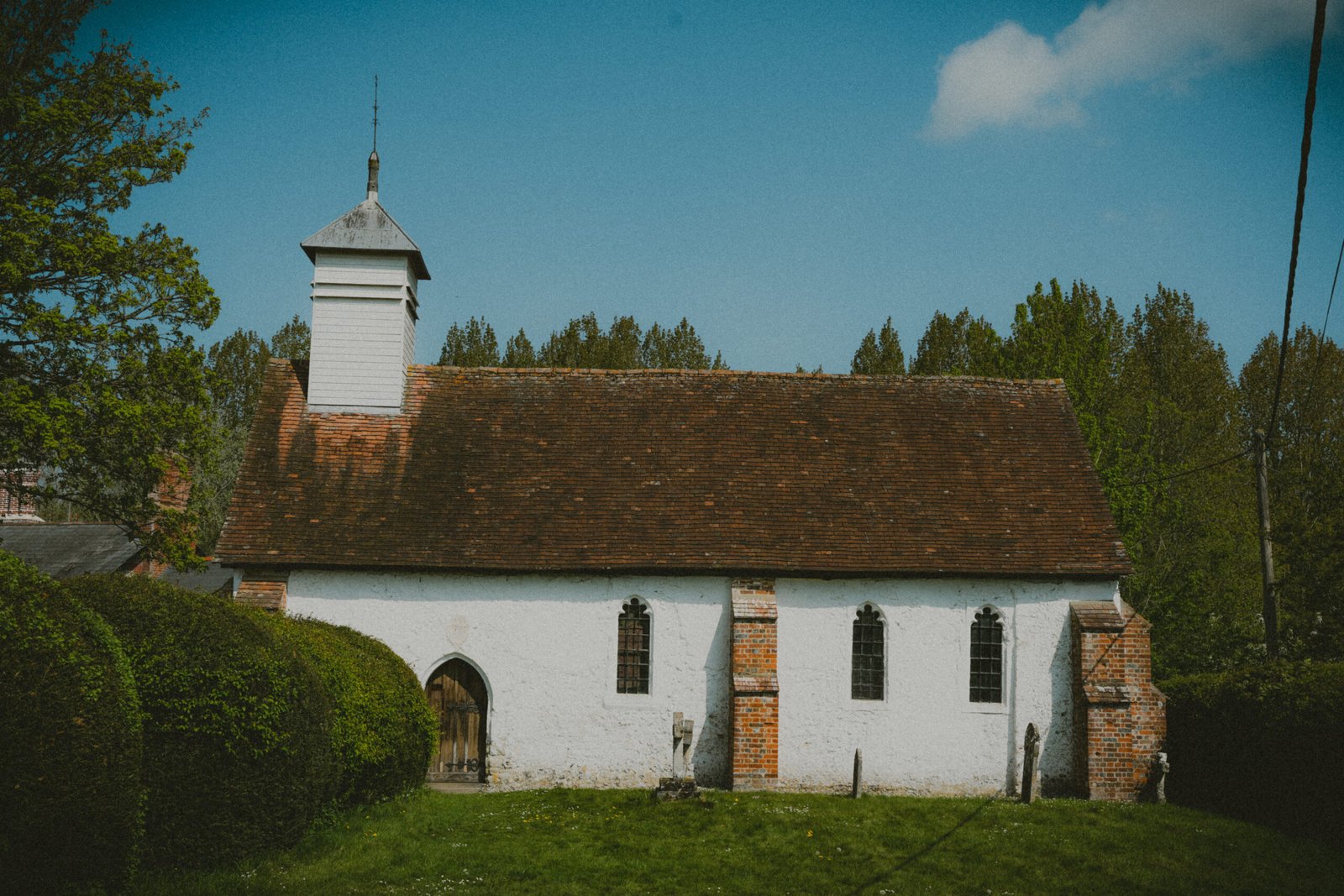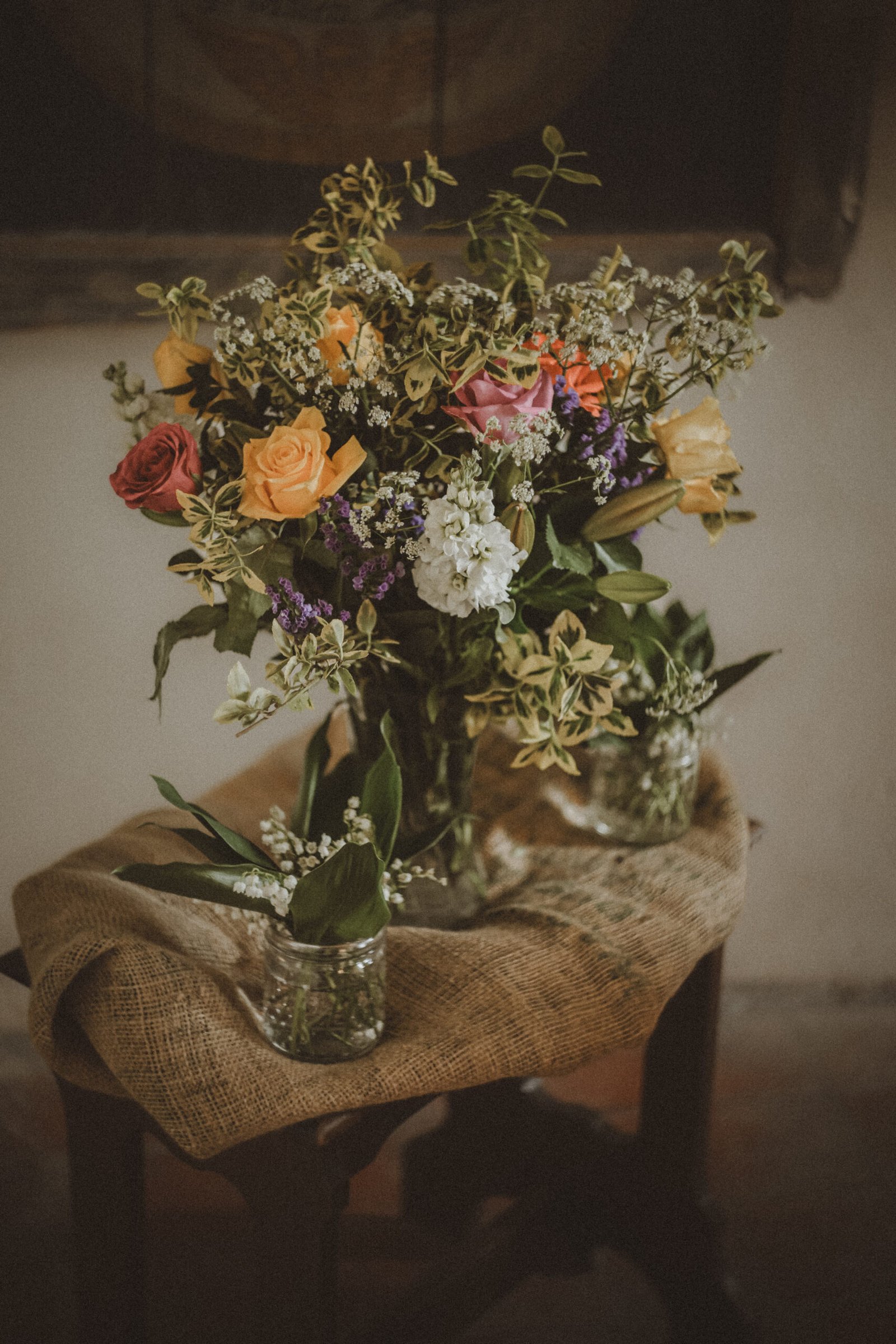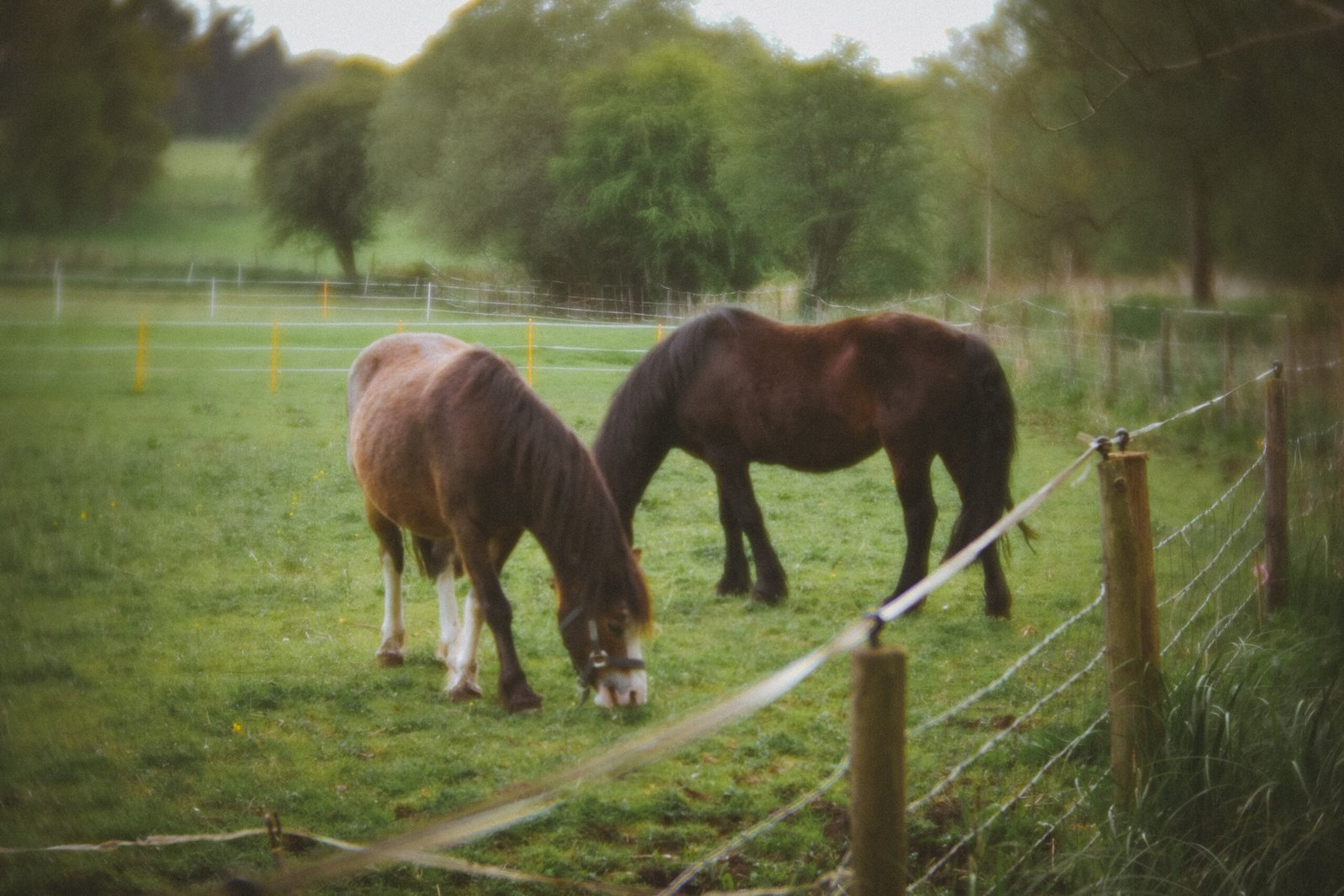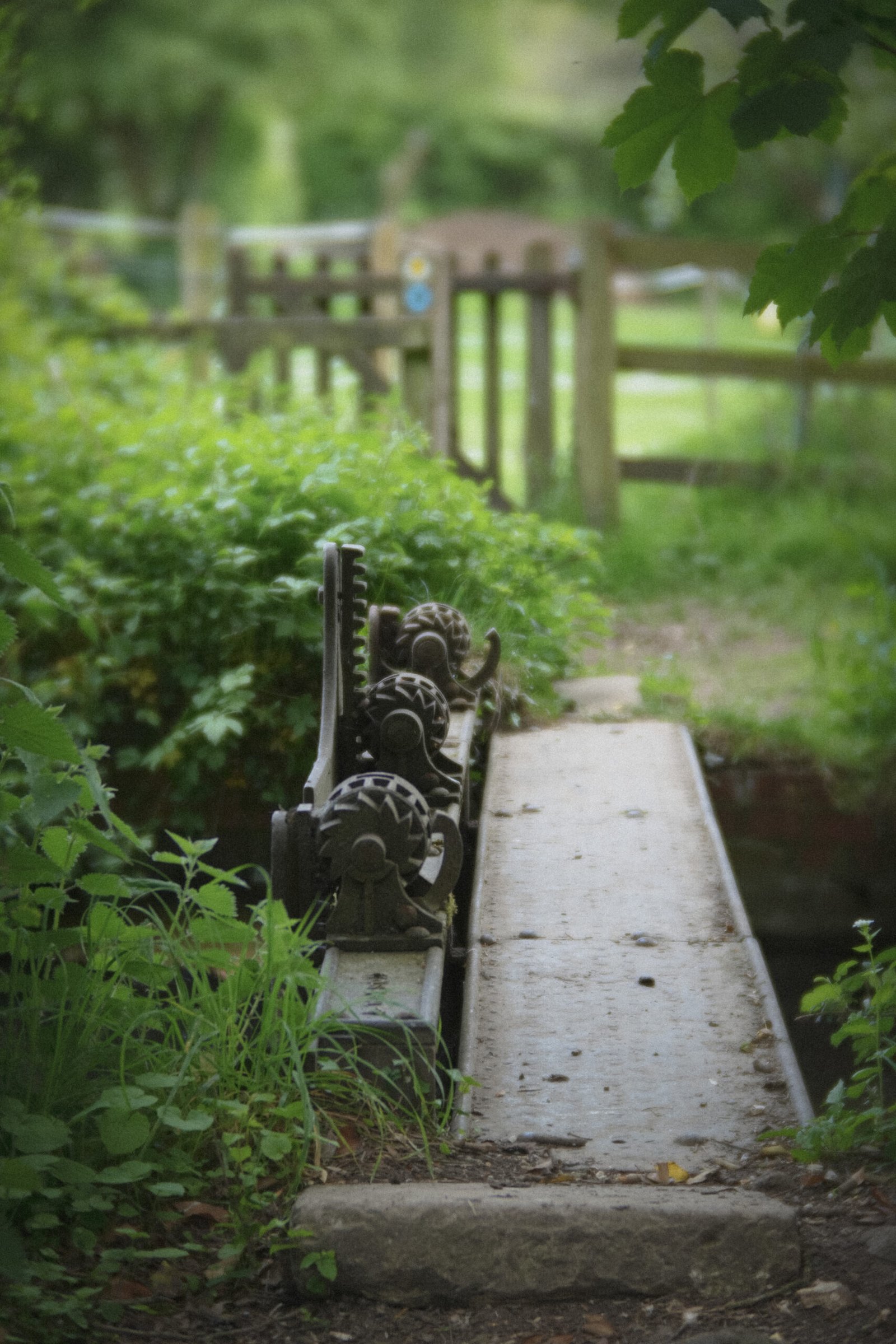On the Real Watership Down
Freefolk
As you can’t see the River Test and its features in nearby Laverstoke Park, this sweet village provides an excellent alternative.
The Test, a weed-cut, carefully-tended trout stream, seemed to him like a world of water. A good ten yards wide it was, fast-flowing and smooth, spangling and dazzling in the evening sun. The tree-reflections on the even current were unbroken as on a lake. There was not a reed or a plant to be seen above the water. Close by, under the left bank, a bed of crowfoot trailed downstream, the wheel-like leaves all submerged.
Darker still, almost black, were the mats of water-moss, their thick masses motionless on the bed of the river and only the trailing fronds waving slowly from side to side. Waving, too, were the wider expanses of pale-green cress-weed; but these rippled with the current, lightly and quickly. The water was very clear, with a bed of clean, yellow gravel, and even in the middle was hardly four feet deep.
Chapter Thirty Three—The Great River.
Though it does not feature in Watership Down, the tiny village of Freefolk is all but conjoined with its near neighbour Laverstoke. It was in the latter where the rabbits’ punt became wedged against a bridge on the River Test following their escape from Woundwort and his pursuing Efrafans.
My attempts to photograph this bridge from the ground or air were scuppered by hedgerows, gates and the abundant tree cover. Instead, I found my way into Freefolk to capture a consolation image of the village’s own, very similar, bridge over the Test.
Despite having once stopped at the Watership Down Inn at a time when I was completely naive to local geography, I was unprepared how beautiful Freekfolk is under the spring sun. I took a short wander with my camera.
The sign outside the Watership Down Inn. Fiver and Hazel?
In my own estimation, the view of the River Test at Freefolk is the best you will see in the geographical area connected to Watership Down. You get a real sense of how clear and shallow the waters are.
The bridge over the Test, leading to the Church of St Nicholas.
The view through one of the slats in the bridge’s sides.
Swans under the bridge.
The riverside.
The most notable location in Freefolk is the site of Manor Cottages, built for workers on the local estate. Despite being the longest thatched structure in Britain, these homes were only constructed around the start of World War II. It’s quite surreal to see such a distinctive, old looking building with children’s toys and bikes in the front gardens.
Over the road and across the Test is the small St Nicholas’ Church. Mention is made of an earlier church on the site in the Domesday Book, but the current walls and roof date from the 13th century.
